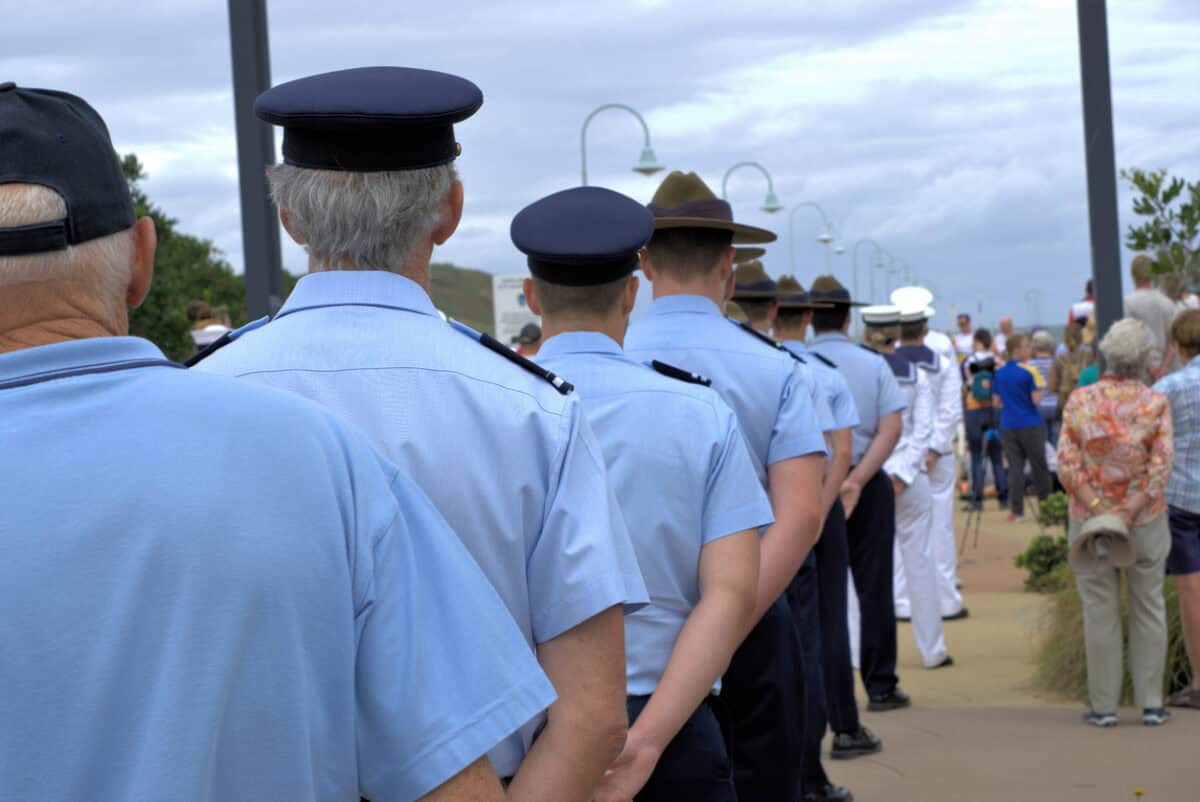Why does the Human Resources profession struggle with preventing psychological and psychosocial harm?
I am not immune to the worries and potential of using Artificial intelligence (AI) tools in my occupational health and safety (OHS) work and writings. As with millions of others, my relationship is a work in progress. I have long used the transcription software Otter.ai to transcribe short interviews. It remains less accurate than human …







